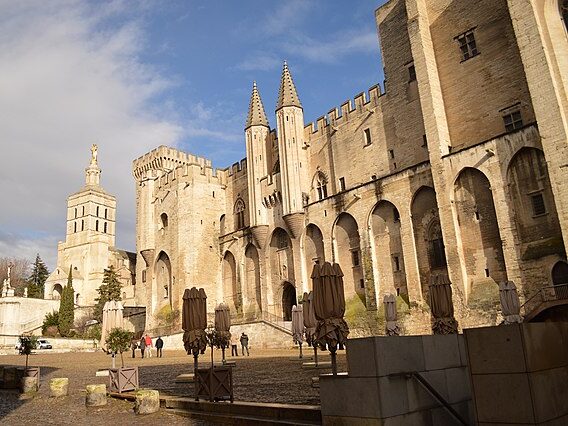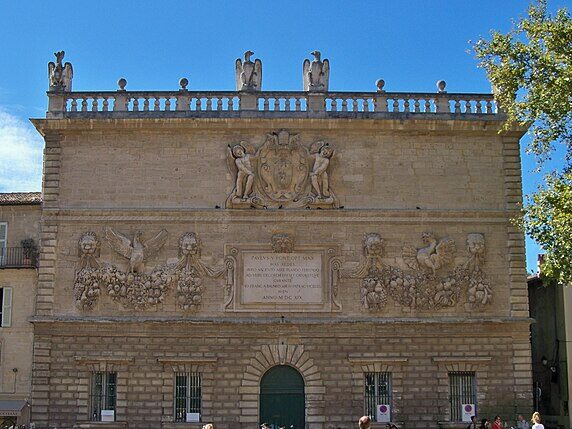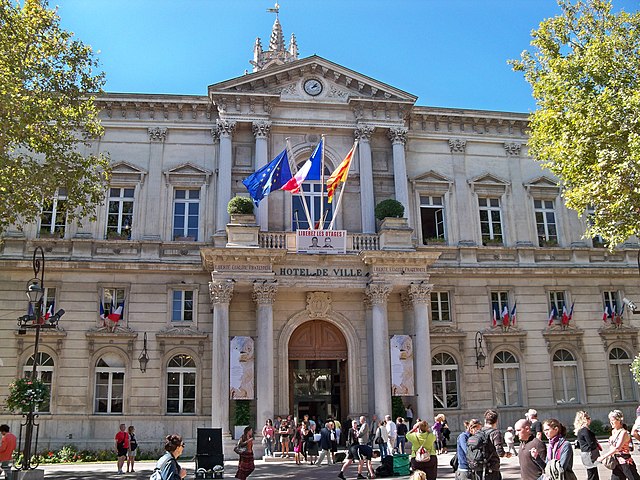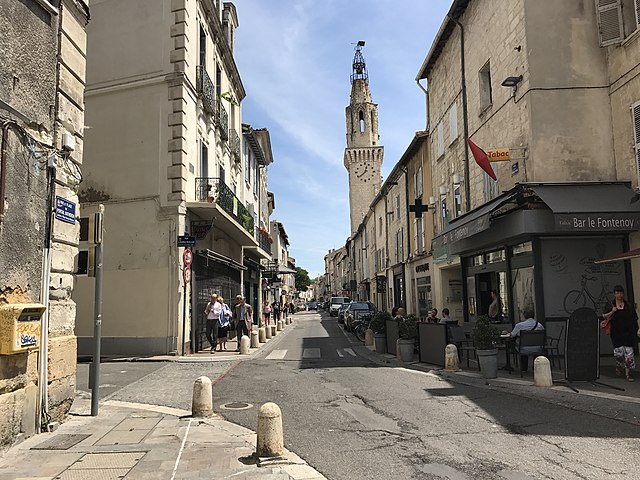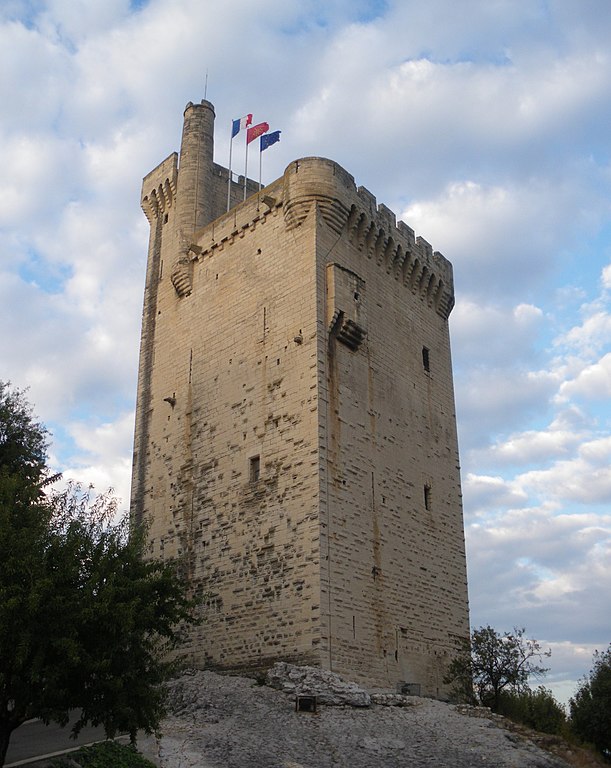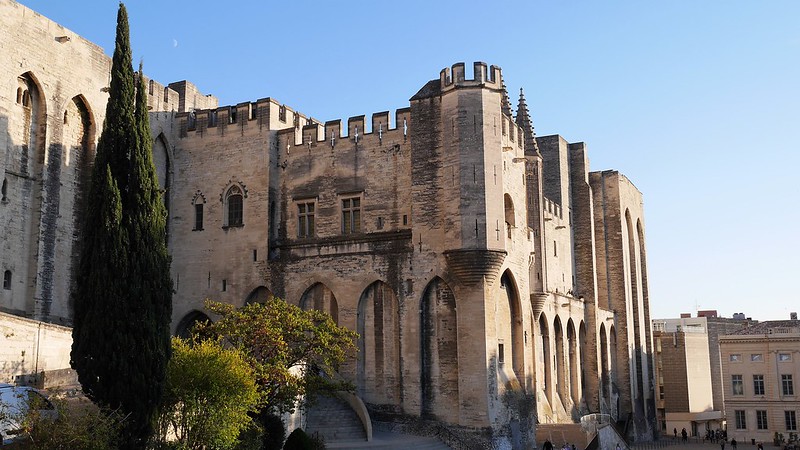Architecture of Avignon, Provence, France
Avignon is a city in France’s Provence region. It has a vibrant history and foundation dating back to the days of the Ancient Romans. Avignon is one of only two cities on earth that can claim to be the seat of the Catholic Papacy. From 1309 until 1377, the popes chose to reside in Avignon, rather than Rome. This unprecedented shift would forever reshape Avignon’s history. This article will take an in-depth look at the Architecture of Avignon highlighting the city’s most significant buildings.

Map of Avignon
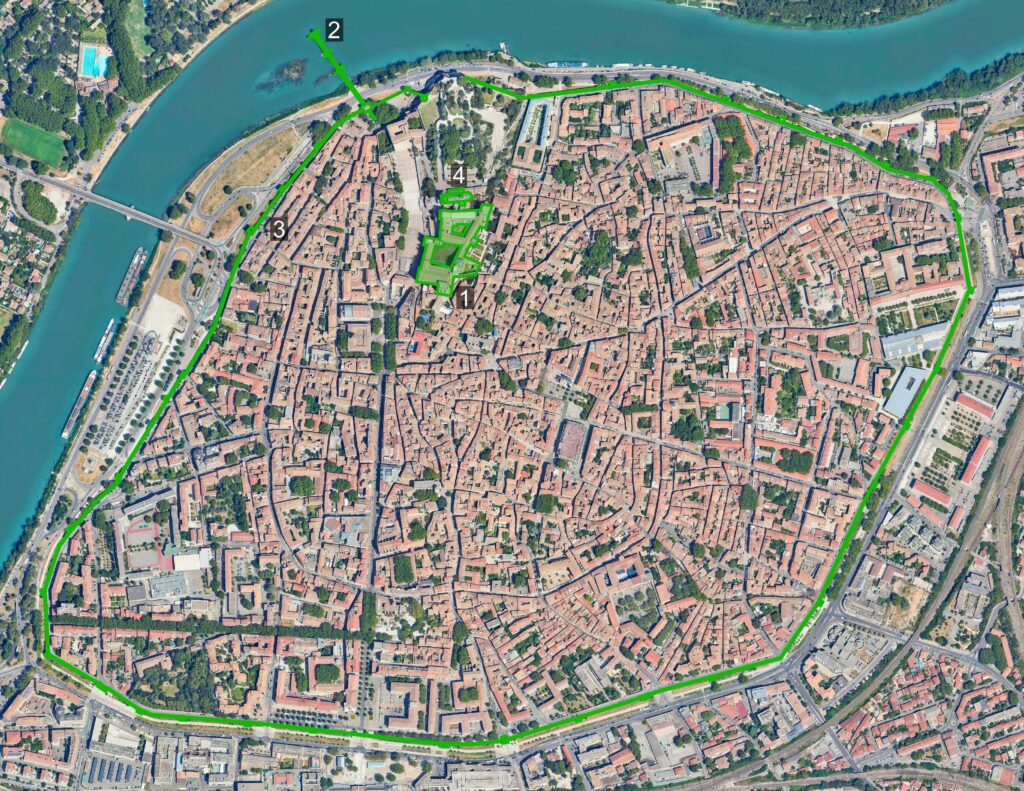
Map of Avignon highlighting some of the city’s main attractions.
1. The Papal Palace
2. The Pont D’Avignon
3. The Ramparts of Avignon
4. Avignon Cathedral
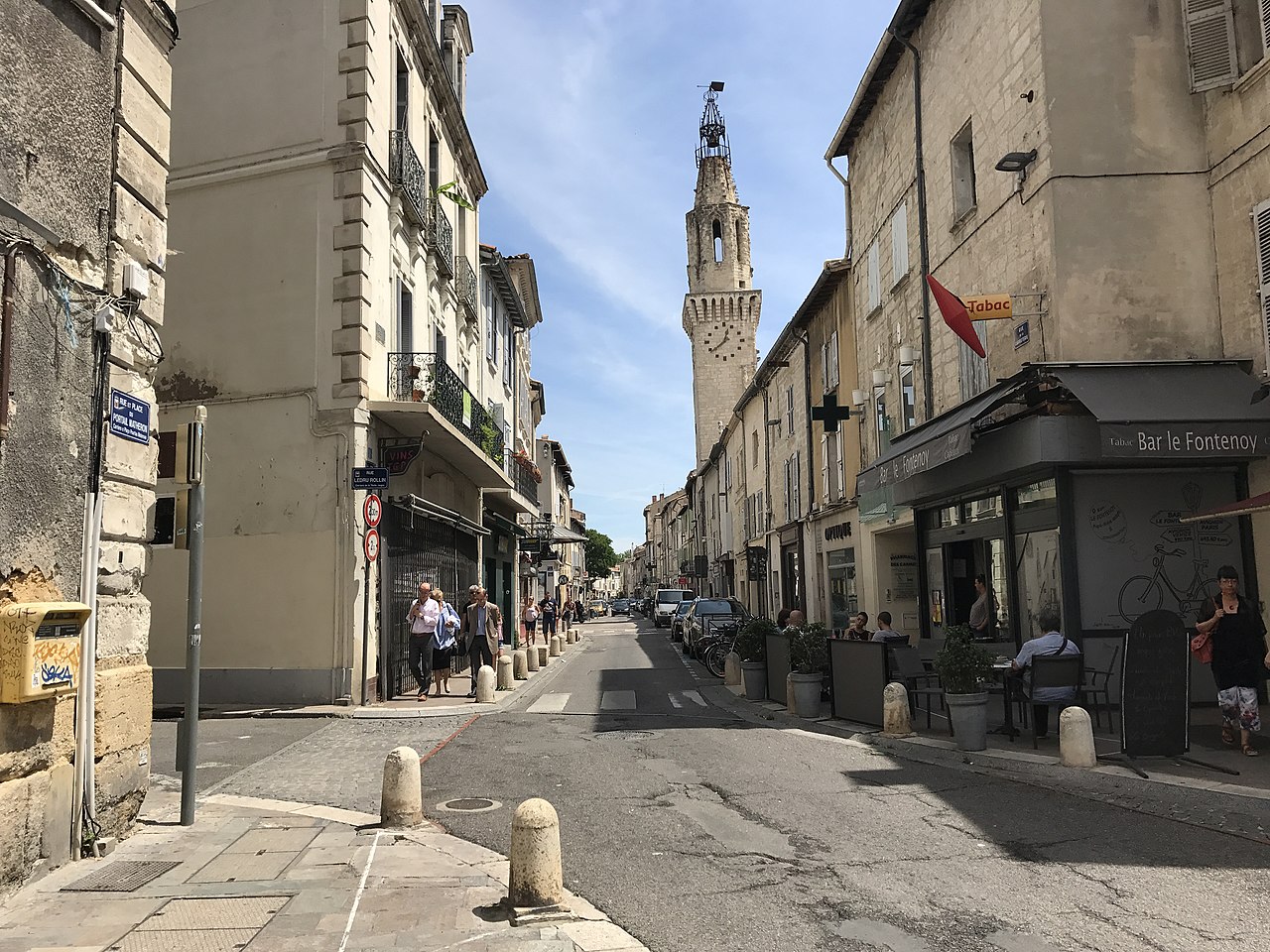
Table of Contents
Use these buttons to navigate to different sections of the article
History of Avignon
Gothic & Medieval Architecture in Avignon
Avignon was one of the only crossing points on the Rhône River during the early Middle Ages. The city made good money from taxing river crossings and emerged as a reputable trading center. Avignon would become even more significant when Pope Clement V decided to move the Catholic Papacy there in 1309. The Popes would commission several works of architecture within Avignon, most notably the Papal Palace which was constructed in the mid-1300s. Many of Avignon’s Medieval Architecture still stands, and the city is known for having one of the best-preserved medieval walls in Europe.

Map of Avignon highlighting several works of Gothic and Medieval Architecture within the city.
1. Papal Palace

The entire skyline of Avignon is dominated by its largest building: The Papal Palace or Palais des Papes. Construction began on the palace in 1334 and it is one of Europe’s greatest examples of Gothic Architecture. Within the grounds of the palace, there are several great halls, two huge enclosed cloisters, several towers, chapels, and rooms once occupied by the Popes and other governing members of the church.
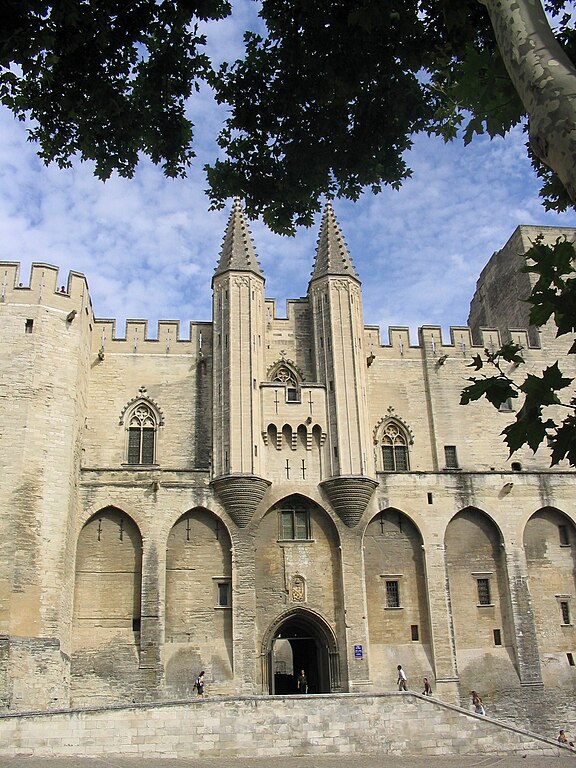

The Palace was designed with defense in mind. It contains defensive towers with ramparts similar to Medieval Castles. These features were essential to protect both the pope and the riches of the church from Medieval bandits and raiders. The Papal Palace of Avignon also contains many of the key elements in Gothic Architecture. Pointed Arches can be found throughout, in addition to Gothic Tracery, and Stained Glass.
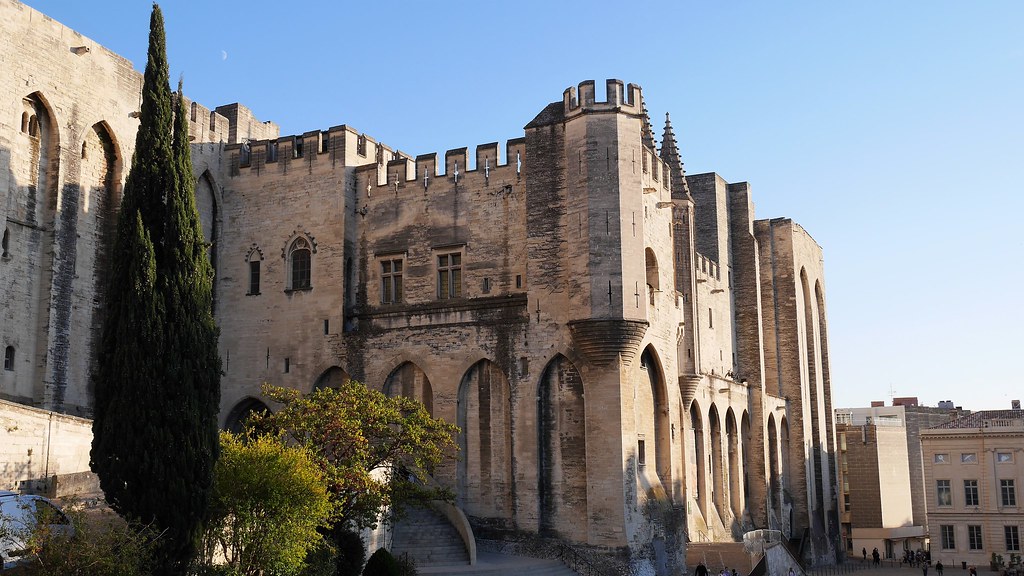
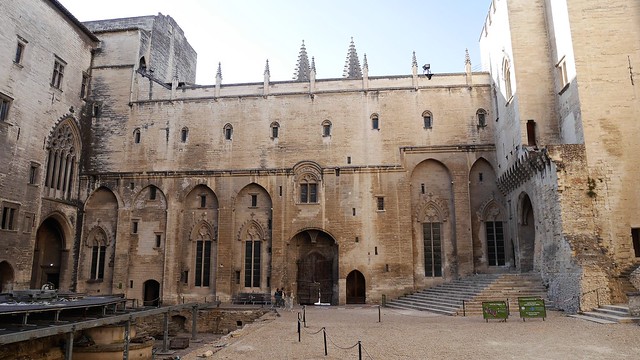
The Papal Palace dates from a time when most Europeans were devoutly religious. It was common for people to donate large sums to the Papacy and the Church. Thanks to all of this support, the Papal Palace was constructed on a massive scale, similar to many of the cathedrals of the age. Today the Papal Palace of Avignon is a museum that is open to the public. It contains many artifacts and documents related to the history of Avignon and the Avignon Papacy.
2. Pont d’Avignon
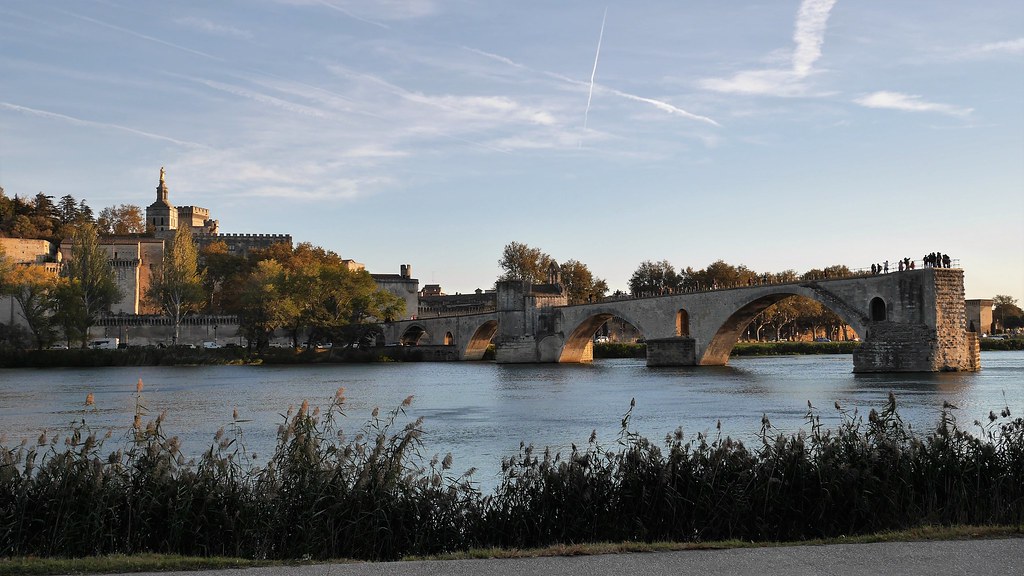
The Pont D’Avignon is a Medieval Bridge that connects Avignon’s historic center with Villeneuve-lès-Avignon. It originally spanned 3,000 feet over the Rhône River and contained 22 stone arches. The bridge was prone to damage during seasonal flooding, and by the 17th century, many of its central arches had collapsed. Maintenance on the bridge proved too costly and time-consuming and it was completely neglected. Today only 4 of the original arches remain, and the bridge spans just over 500 feet (152 m).
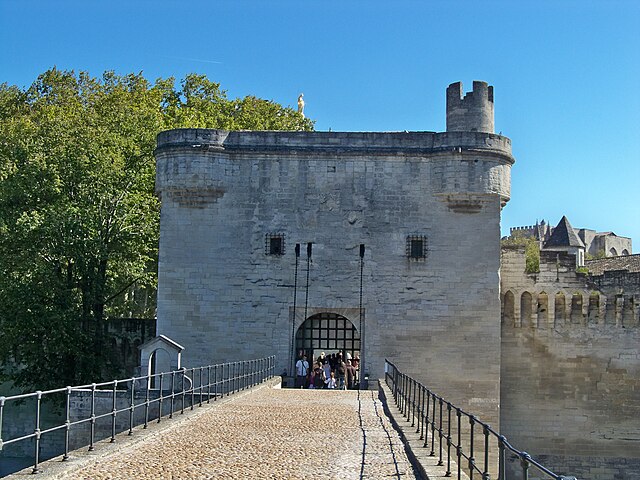

The Pont D’Avignon was a marvel of Medieval Engineering. It was among the longest bridges in the world at that time, and it shows how wealthy and prosperous Avignon was during the early Middle Ages. The Pont D’Avignon is also an important landmark to the French people. It is the subject of a very popular French folk song titled, “Sur le Pont d’Avignon” and the bridge’s remains are revered by many.
3. Avignon Cathedral
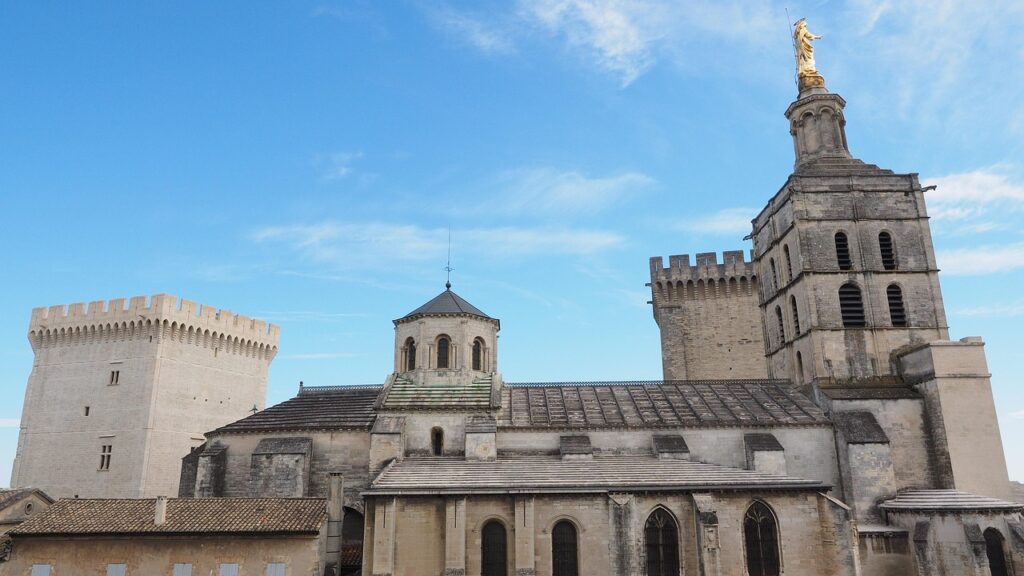
Avignon Cathedral is one of the greatest works of Romanesque Architecture in the entire city. Construction began on the church in the 12th century, and it was modified and expanded significantly over time. Avignon Cathedral contains several notable Romanesque design features such as thick walls, small windows, and round arches. The Cathedral was neglected in the tumultuous period after the French Revolution, and much of its exterior had to be restored. The bell tower was completely reconstructed in the 1850s, and the gilded statue of the Virgin Mary was added to the top.
4. Ramparts of Avignon
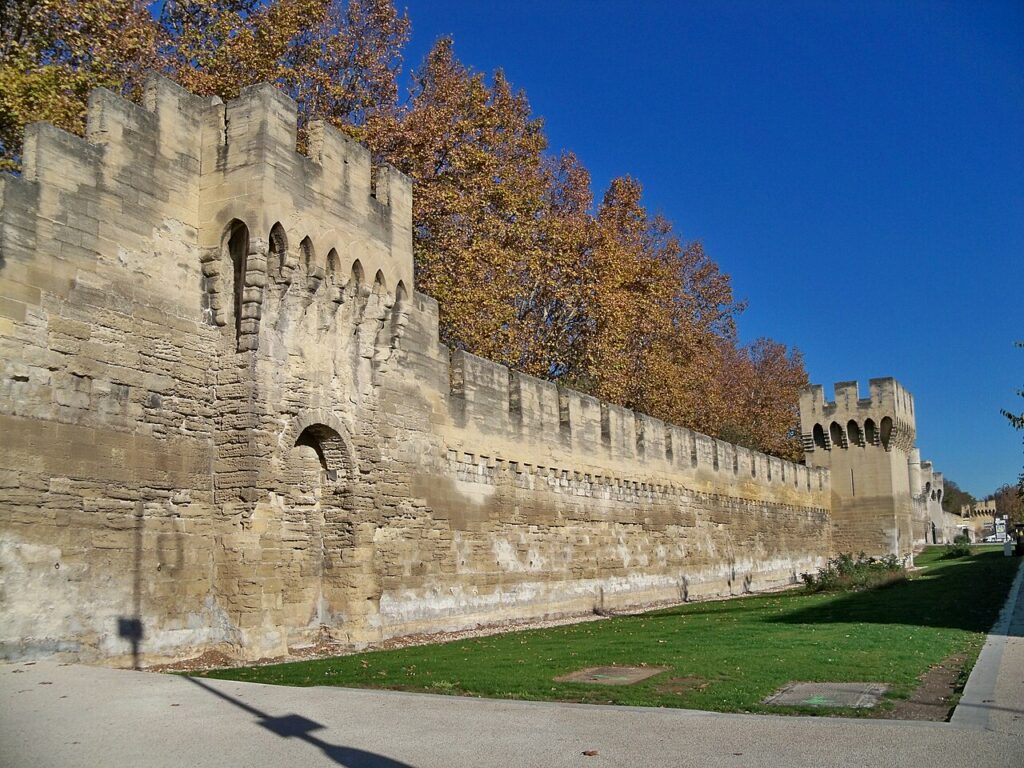
The Ramparts of Avignon were constructed during the days of the Avignon Papacy. The city was in need of a strong fortification system to protect it from rival kingdoms. The Ramparts of Avignon are some of the best-preserved Medieval Walls in all of Europe. Both locals and tourists frequently enjoy strolls along the walking paths that straddle either side of the extensive fortifications. Altogether the walls stretch for 2.9 miles (4.6 km) and enclose an area of 0.57 sq miles (1.47 sq km).
5. Temple Saint-Martial
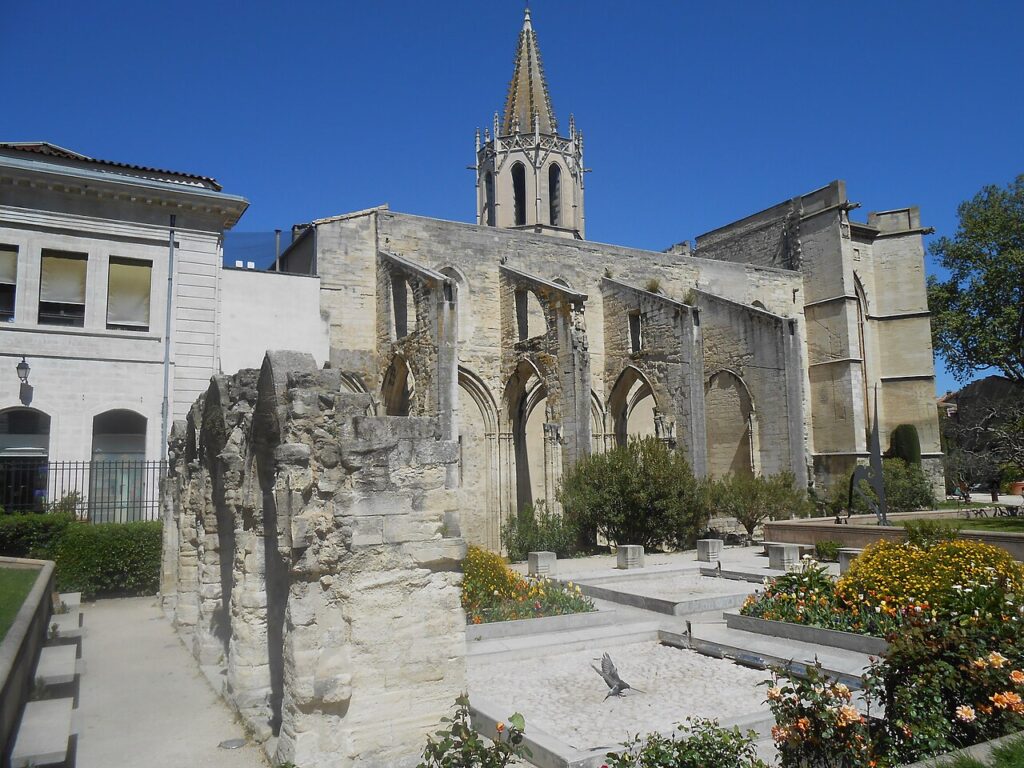
The Temple Saint-Martial is another impressive example of Gothic Architecture in Avignon. It was constructed in the 14th century, during the height of the Avignon Papacy. The church contains many Gothic features such as Flying Buttresses, Pointed Arches, and pinnacles. The church fell into a state of disrepair following the French Revolution. The remnants of its now ruined cloister can be seen in the image above. Today the church is surrounded by a large open space that has been turned into a park.

Gothic was the dominant architectural style in Europe during the early Middle Ages. Check out our article on the Top 25 Examples of Gothic Architecture to learn more!
6. Fort Saint-André
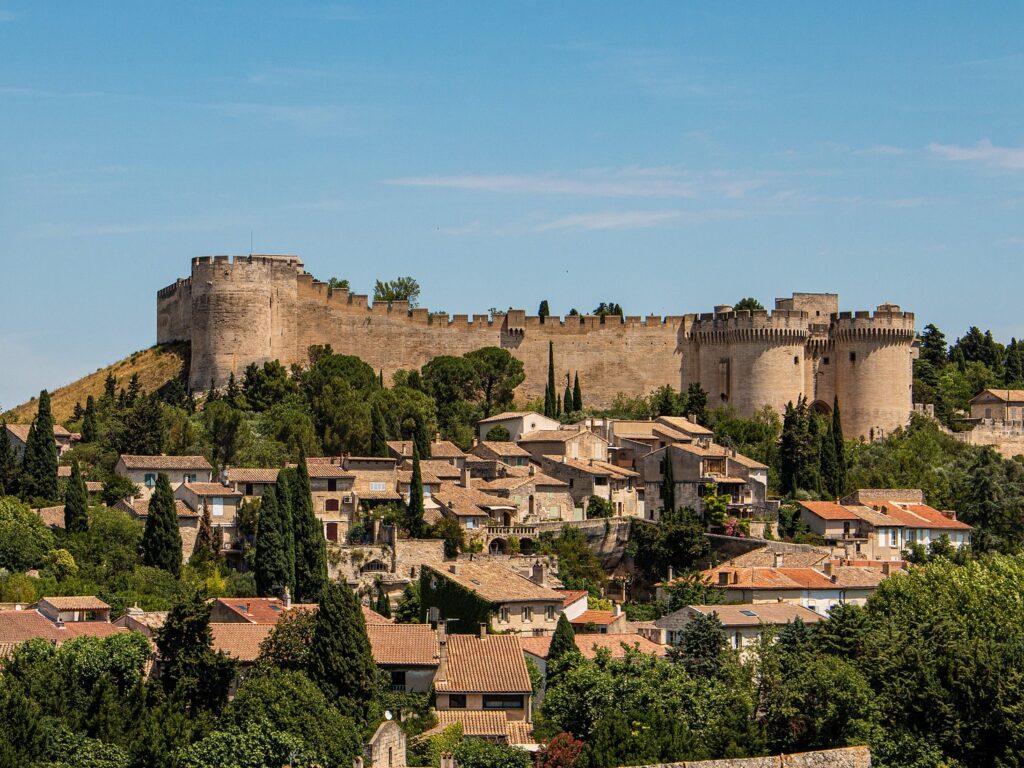
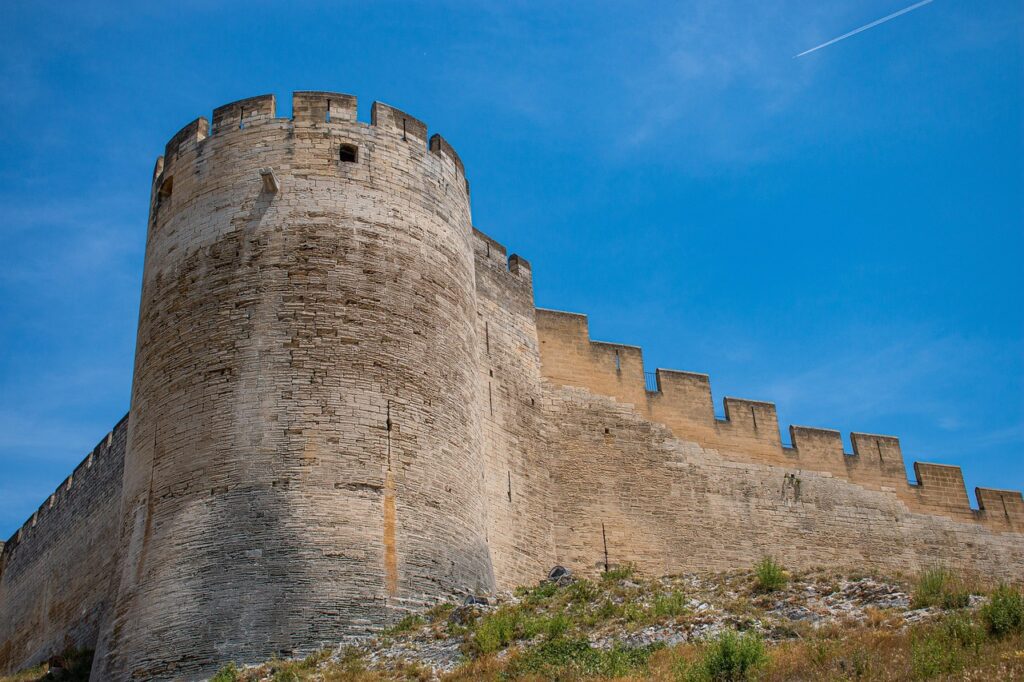
The Fort Saint-Andre is a Medieval Castle located across the Rhône River from Avignon’s historic center. It was constructed in the 1300s to help secure this bank of the river. The fort is remarkably well-preserved and it contains all of the typical characteristics of a castle constructed before the age of gunpowder. The fortress has round towers and a formidable Curtain Wall enclosing a large centralized space.
7. Philippe-le-Bel Tower

The Philippe-le-Bel Tower is named for Philip IV of France, who ruled from 1285-1314. It was at one time the final termination point of the Pont D’Avignon. The tower was utilized as a gatehouse during the Middle Ages. Much like many of today’s bridges, users had to pay tolls in order to cross the Pont D’Avignon, and the Philippe Tower helped with collecting those tolls. The tower now lies over 2,300 feet (700 m) from the current endpoint of the Pont D’Avignon, but it still stands as a testament to the bridge’s original size.
8. Cloître des Carmes
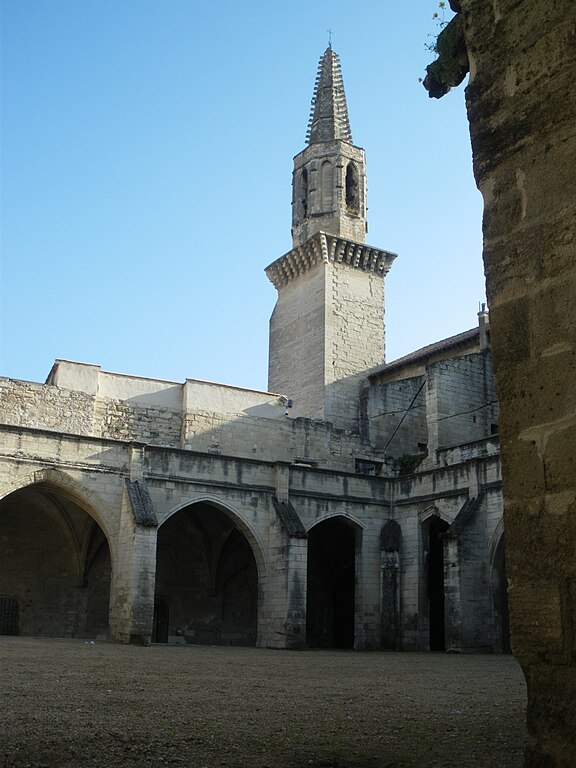

The Cloitre des Carmes is part of a church known as the Eglise Saint Symphorien les Carmes d’Avignon. It was built in the 1300s during the heart of the Gothic Age in Europe. The cloister contains pointed arches, buttresses, and Gargoyles, which are emblematic of the Gothic Style. Today the Cloitre des Carmes is frequently used as a performing arts venue. Its interesting backdrop and echoing acoustics make it an ideal space for concerts and plays.
9. Basilica St. Pierre
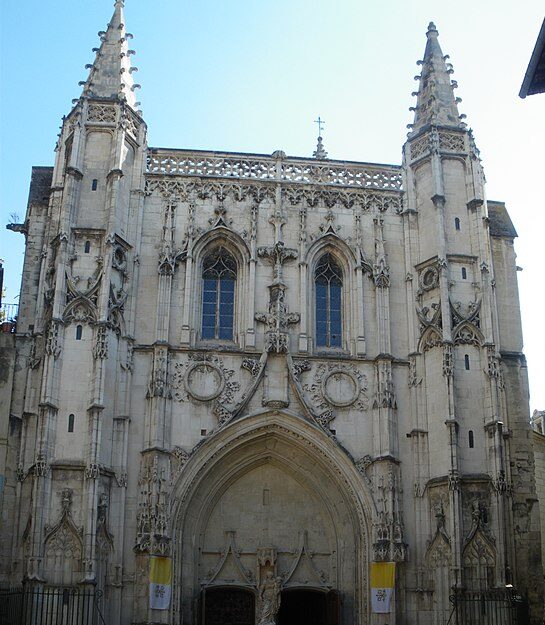
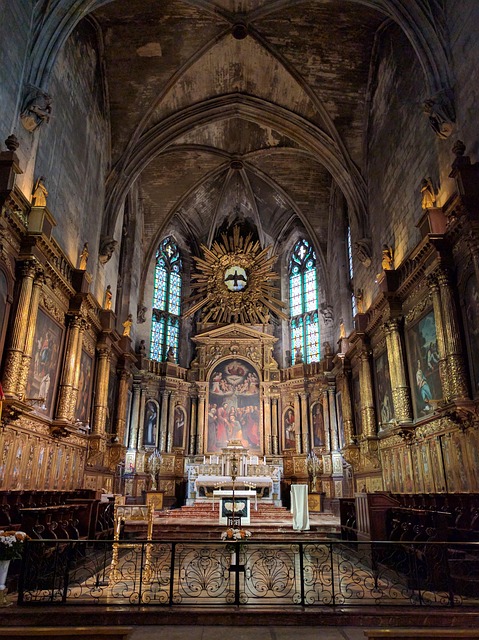
Avignon saw a flurry of construction during the Avignon Papacy. In addition to fortifications and palaces, the popes commissioned several churches to inspire and influence the local population. The Basilica St. Pierre is one of several impressive Gothic Churches dating from this period. The building’s front facade is particularly striking, and it features lots of Gothic Tracery and ornate stonework.

Romanesque was Europe’s dominant architectural style from the 10th-11th century. Read our article, “Romanesque Architecture and the Top 15 Romanesque Buildings” to learn more!
Like Architecture of Cities? Sign up for our mailing list to get updates on our latest articles and other information related to Architectural History.
Renaissance and Baroque Architecture in Avignon
In 1377, the Pope made the decision to return back to Rome. For a brief period, there was a series of competing Popes in both Avignon and Rome, but this ended in 1403. After this point, Avignon remained part of the Papal States. Both the Papacy and the Kingdom of France fought to secure Avignon over the centuries, and several conflicts took place throughout the Renaissance & Baroque Periods. All of this back-and-forth between regional powers left Avignon caught in the crossfire. As a result, the city doesn’t have as many significant buildings from this era.
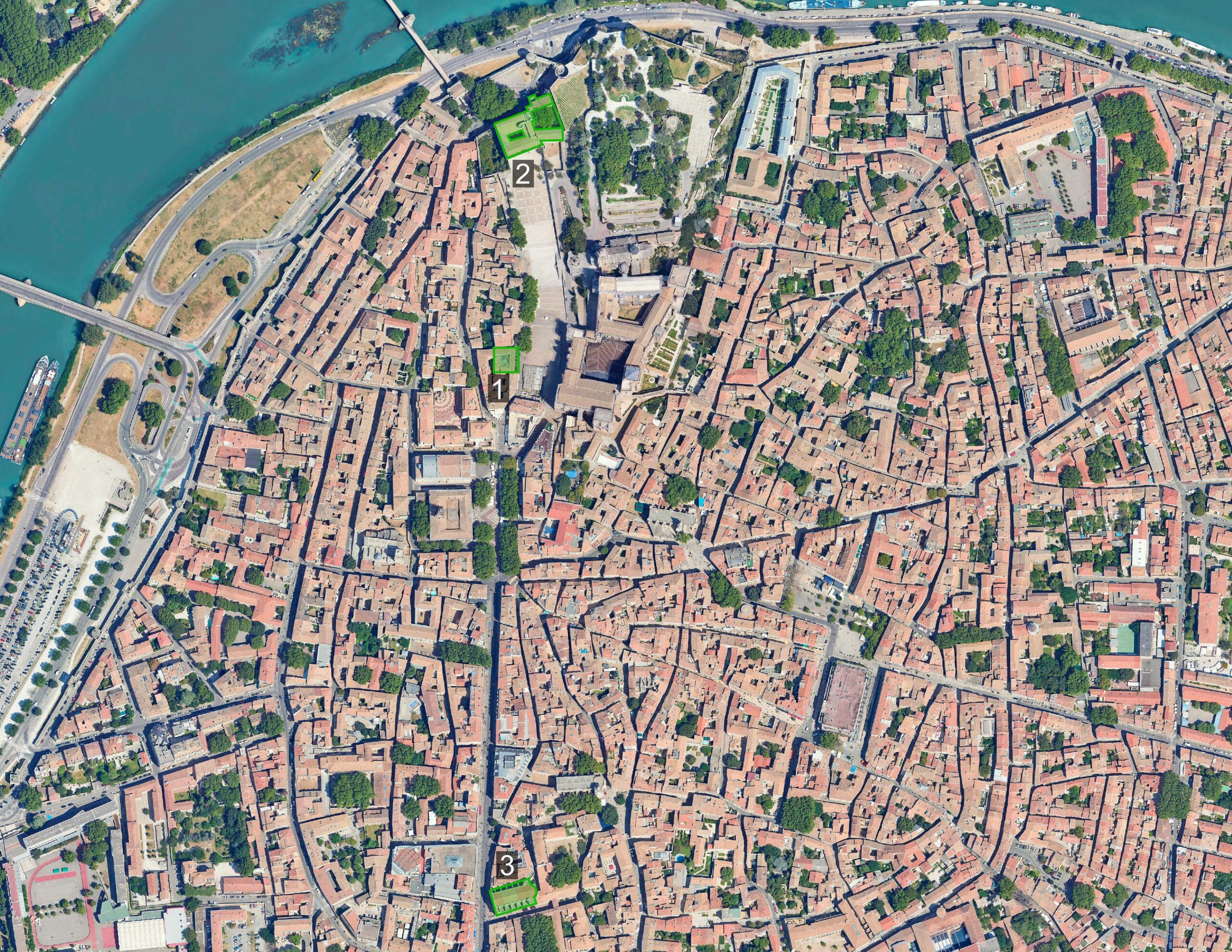
Maps Data: Imagery © 2025 Airbus, Landsat / Copernicus, Maxar Technologies, Map Data ©2025 Google
Map of Avignon highlighting several works of Renaissance & Baroque Architecture within the city.
1. Hôtel des Monnaies

One great example of Renaissance Architecture in Avignon is the Hôtel des Monnaies. The building was constructed in the early 1600s, and its main facade overlooks Place du Palais and the Papal Palace. The building has served a variety of functions over the centuries including a town hall and a military barracks. Its main facade embodies all of the typical elements of the Renaissance. Its lower level has stonework that resembles the Medici Palace in Florence, and the rest of the facade has a strong sense of symmetry and proportion.
2. Musée du Petit Palais
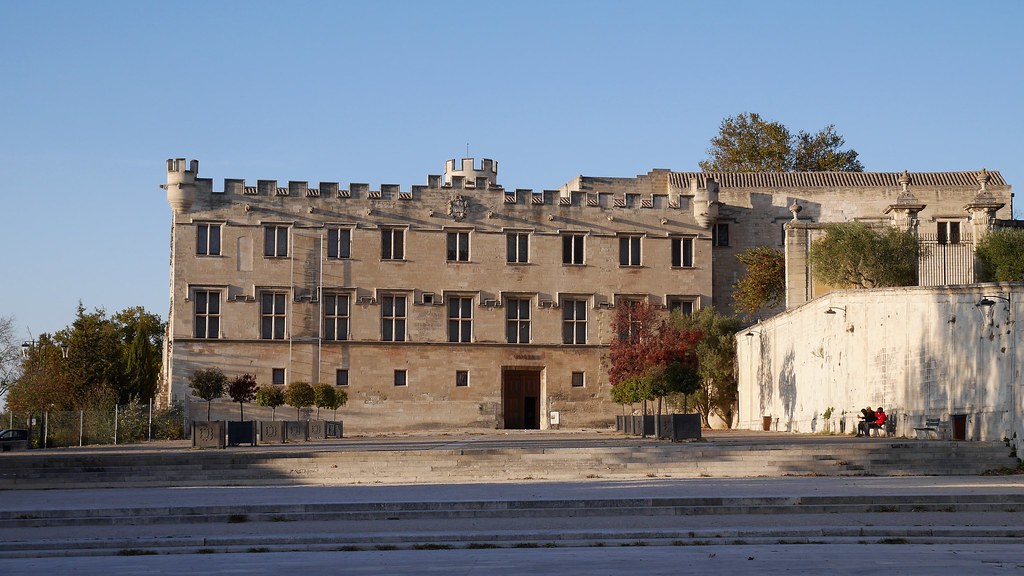
The Petit Palace is a secondary palace that was built adjacent to the Papal Palace of Avignon. The building dates to the Gothic Age, during the period of the Avignon Papacy. Its main facade, however, was completely redone in the Italian Renaissance Style during the late 1400s. The redone facade features a symmetrical design with evenly spaced and repetitive windows. Today the building houses the Musée Du Petit Palais, which contains a collection focusing on early medieval artwork from France & Italy.
3. Musée Lapidaire

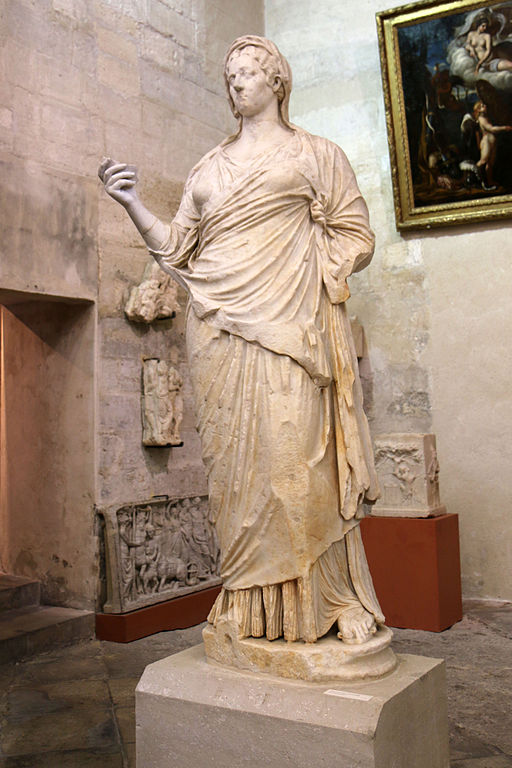
Avignon has an abundance of religious buildings, thanks to the flurry of development that took place during the Avignon Papacy. Today, some churches are being repurposed for activities other than worshipping. The Musée Lapidaire is a great example of this practice. It is an antiquities museum located inside a Church from the late 17th century. The museum holds a collection of artifacts from the Ancient Roman and Egyptian periods.
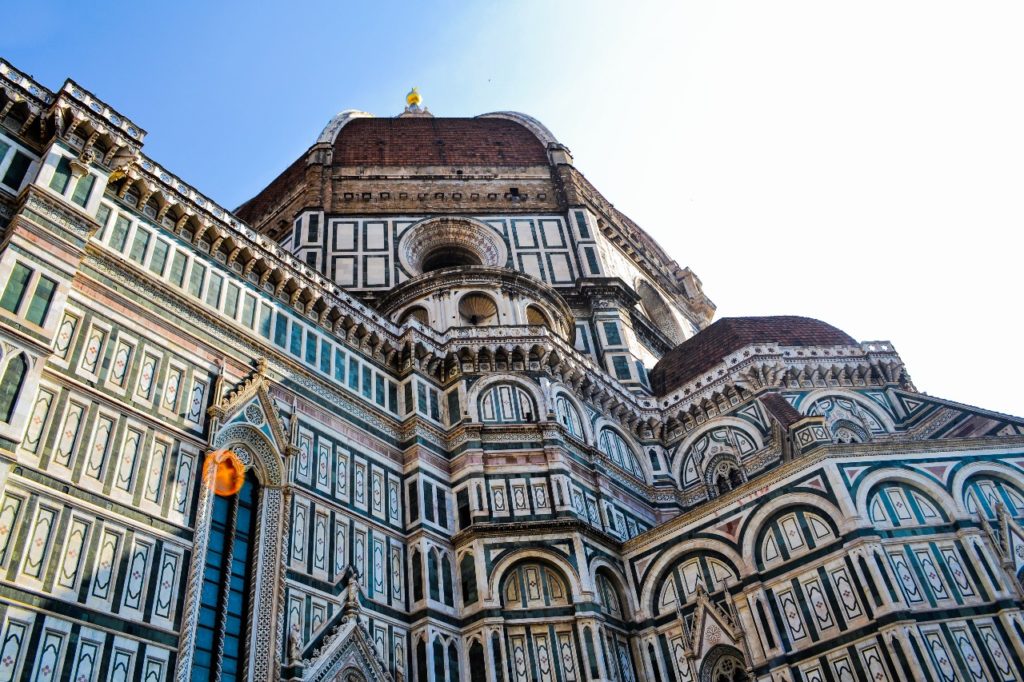
Interested in Renaissance Architecture? Check out our article on the Architecture of Florence to learn more about the Birth of the Renaissance Movement.
Neoclassical & Revival Architecture in Avignon
Avignon expanded far outside its medieval fortifications during the 19th century. The city benefited from the Industrial Revolution and enjoyed relative stability during the French Imperial Era. Avignon saw many varied construction and redevelopment projects at this time. Much of the architecture from this period was designed in the Neoclassical and Revivalist Styles, and today, these buildings are some of the most notable in Avignon.

Maps Data: Imagery © 2025 Airbus, Landsat / Copernicus, Maxar Technologies, Map Data ©2025 Google
Map of Avignon highlighting several works of Neoclassical and Revival Architecture within the city.
1. Hôtel de Ville
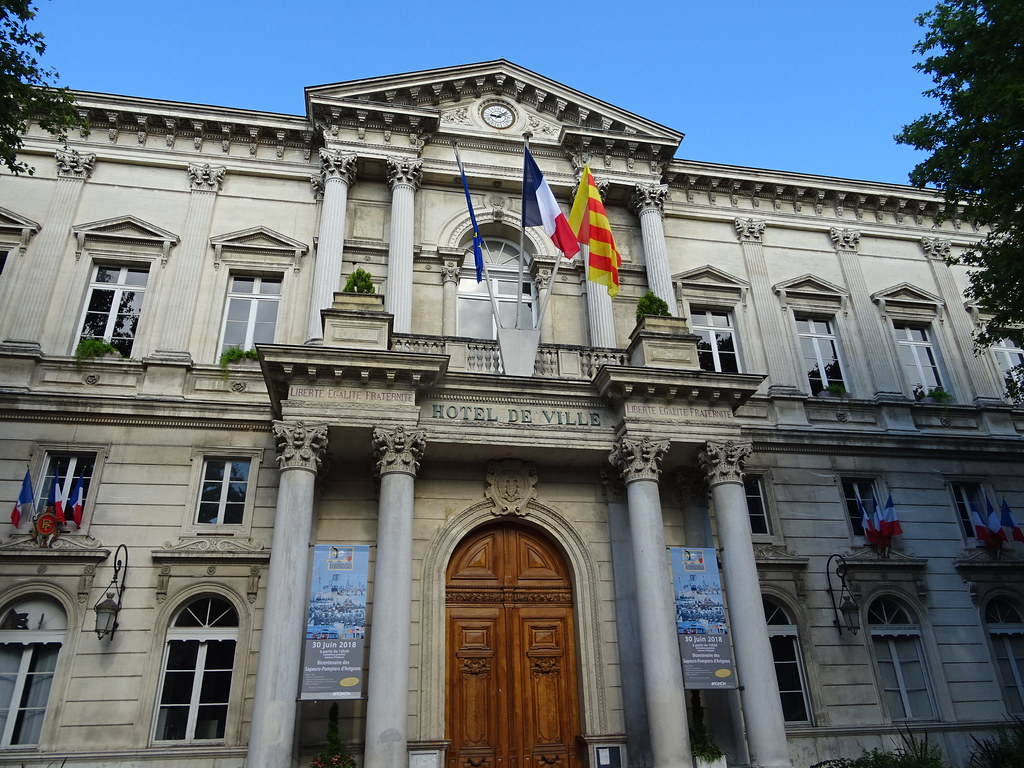
The Hôtel de Ville is one of the greatest examples of Neoclassical Architecture in Avignon. It was constructed in the mid-19th century but stands on the foundation of a much older building. The Hôtel de Ville also contains a distinct Gothic Belfry that dates from 1363. Hôtel de Ville faces the Place de l’Horloge, one of the city’s most vibrant public spaces.
2. Place de l’Horloge & Rue de la Republique
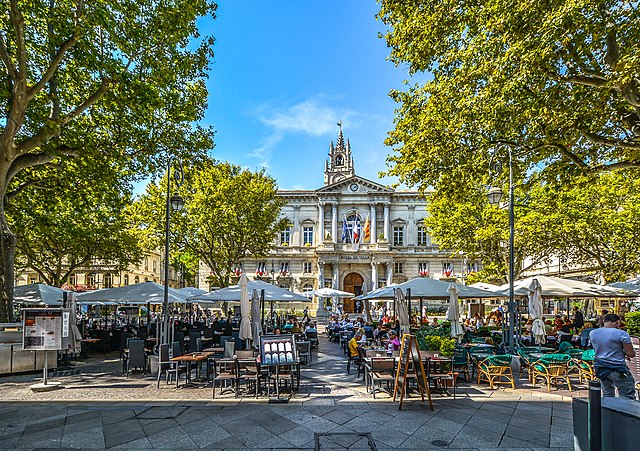
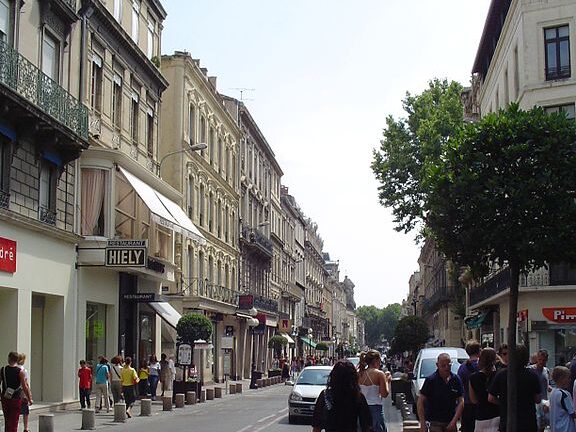
The Place de l’Horloge is a large public square in central Avignon. It’s located right in the middle of town, in a spot that once housed the city’s Roman Forum. The Rue de la République is a main street in Avignon that runs North to South. It’s one of the busiest streets in the city because it connects landmarks like the Papal Palace and the main train station. Both Place de l’Horloge & Rue de la Republique were largely developed in the 19th century and as such, they are lined with impressive Revival and Neoclassical Facades.
3. Opéra d’Avignon

The Opera of Avignon is an impressive building in the heart of Avignon. It was constructed during the mid-1800s when opera was extremely popular throughout Western Europe. Although much smaller than other opera houses like the ones in Paris & Vienna, the Avignon Opera is still a very imposing building. Its design combines elements from Neoclassical and Baroque Revival Architecture and it still hosts life performances today.
4. Jardin de Doms


The Jardin de Doms is a large urban park on a rocky outcrop overlooking the Rhône River. This hilltop is the highest point in the city and the earliest inhabited area in Avignon. Human activity at the site can be traced back to a fortress built by the Romans. During the late 1800s, a park was constructed which today serves as one of Avignon’s most popular green spaces. The Jardin de Doms contains an assortment of pathways, seating areas, and well-manicured gardens.
Modern Avignon
Modern Avignon is a city known for tourism. Thanks to its many Medieval Monuments dating to the Avignon Papacy, the city sees large numbers of visitors each year. Avignon is also very livable, and its compact size and stable infrastructure make it a comfortable place to call home. There aren’t a lot of examples of Modern Architecture within the city, and most of Avignon’s contemporary buildings are located outside the city’s Medieval Walls.

Map of Avignon highlighting several works of Modern Architecture within the city.
1. Halles de Avignon
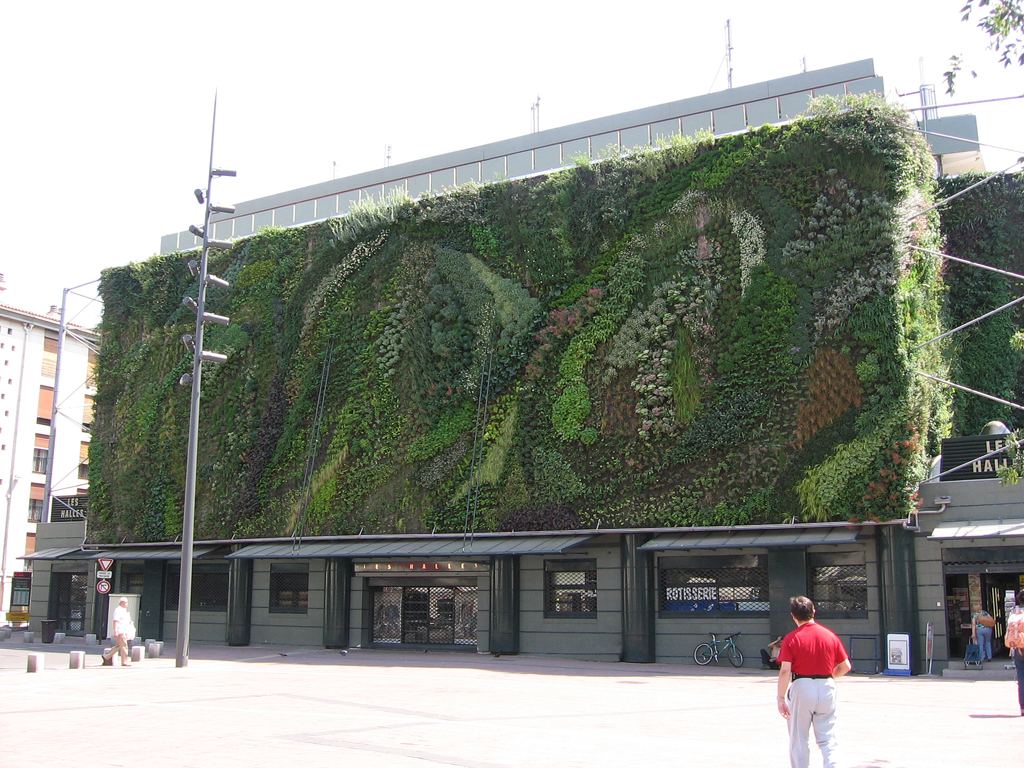
One notable modern building in Avignon is the Halles de Avignon. It serves as a market hall where vendors sell everything from breads and cheeses to beer, wine, and other household goods. The building is known for its impressive Green Wall, the only of its kind in Avignon. This wall of vegetation effectively hides what would otherwise be a bland and windowless structure.
Architecture of Avignon: In Review
Avignon is a remarkable city with a very unique history. Avignon reached its cultural and political peak during the period of the Avignon Papacy. The Popes would fill the city with many notable works of Gothic & Romanesque Architecture. Avignon also prospered during the 19th century, and it is home to a great variety of Neoclassical and Revival-style buildings. Avignon is not a particularly large city, but its abundance of impressive architecture makes it one of Southern France’s greatest destinations.
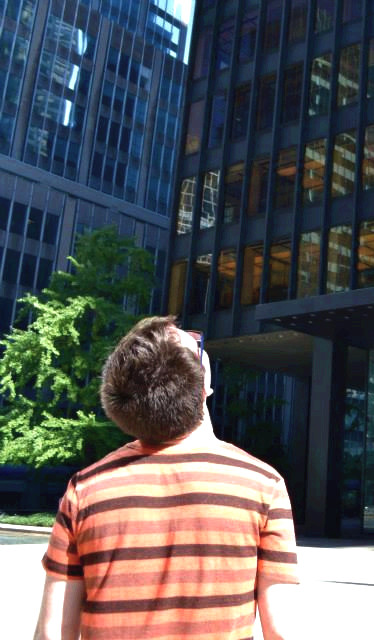
- About the Author
- Rob Carney, the founder and lead writer for Architecture of Cities has been studying the history of architecture for over 15 years.
- He is an avid traveler and photographer, and he is passionate about buildings and building history.
- Rob has a B.S. and a Master’s degree in Architecture and has worked as an architect and engineer in the Boston area for 10 years.
Like Architecture of Cities? Sign up for our mailing list to get updates on our latest articles and other information related to Architectural History.



